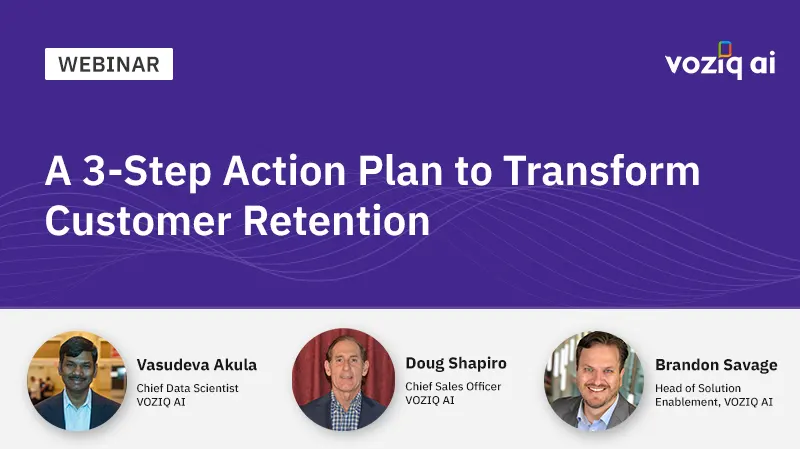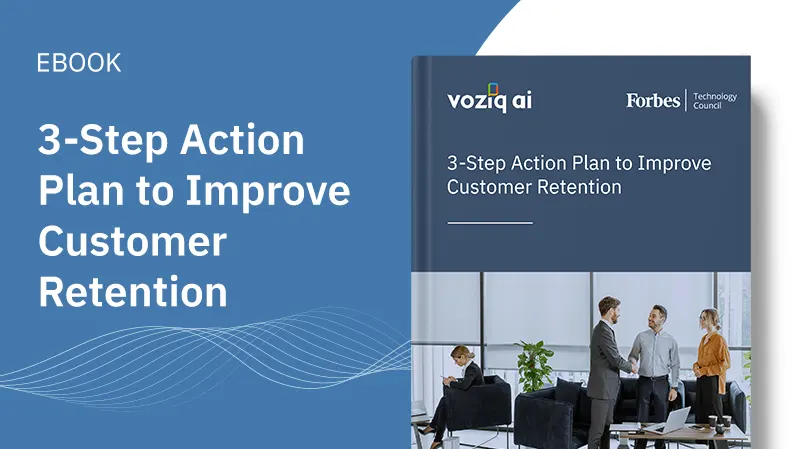How CMOs Can Collaborate With Contact Center Leaders To Boost Customer Success

How CMOs Can Collaborate With Contact Center Leaders To Boost Customer Success
At first glance, chief marketing officers (CMOs) and contact center leaders may seem to have little in common. The CMO generally focuses on driving growth, brand engagement and customer retention efforts (which have become a higher priority as of late). The contact center leader, on the other hand, focuses on customer service management, service cost management and customer satisfaction metrics.
But increasingly, CMOs are making it a priority to work closely with contact center leaders because of the growing importance of customer experience (CX) management in driving revenue. Most customer-centric CMOs are aware of this fact. The results show that 34% of U.S. CMOs have cited improving CX as their biggest concern.
However, when it comes to collaborating with customer service teams, there is a huge difference between collaborative leaders and marketers who operate mostly within their group without running collaborative projects by joining forces with groups like customer care, IT, HR, etc.
Three Scenarios Where Call Center Collaboration Will Pay Off For CMOs
Even though the individual goals of the departments may differ, there are several specific ways CMOs can collaborate with contact center leaders to fine-tune their customer success strategies with better customer engagement, improved customer experience, and lower customer churn.
1. Create deep understanding of customer behavior from unstructured customer interactions
CMOs must rely on the voice of their customers to understand their wants, needs, and wishes. The current method of gathering this critical piece of information from surveys is insufficient in more ways than one — for example, limited sample size and no current view of the state of the customer. In contact centers, speech and text analytics can be used to mine millions of customer interactions to better understand customer behavior. Marketers can utilize this vital source of data to develop advanced behavioral intelligence for better predictions about drivers of additional purchases from existing customers, and customer churn drivers from expressed needs of customers using a large volume of calls.
2. Use inbound customer care calls as a proactive retention channel
AI and advanced analytics can analyze past interactions to predict a customer’s next action, including purchases and cancels. Marketers can use this knowledge to proactively reach out to customers with the right offers at the right time. A high-impact use case for this approach is to identify at-risk customers automatically through interactive voice response (IVR) and route them to specialist agents for proactive engagement and a highly effective offer presentation.
3. Create next-best offers based on customers’ wants, needs, and wishes
By pairing behavior patterns in key segments with macroeconomic and demographic data, marketers can create the right offers for the right sets of customers. This way, high-churn-risk customers can be provided discounted product offers to protect revenue and generate incremental revenue from happy customers with upsell offers or referral programs. This tactical approach is proven to be far more effective than other marketing techniques to optimize marketing spend on existing customers.
Fostering CMO-Call Center Partnership
A large number of CMOs, 81%, often work with their customer service counterparts to deliver outstanding customer experience as a differentiator among competitors. Here are a few tips for kick-starting an effective CMO and contact center leader partnership in your company:
1. Pick a joint project as a pilot to test waters and demonstrate results. Since customer satisfaction is directly correlated to customer retention, improving NPS can be the goal for the joint pilot.
2. Identify relevant customer data sources across departments, and integrate all them into a single database to remove any silos in understanding customers and thus increase the accuracy of the churn predictive models. Contact centers have extremely useful unstructured data captured directly from customer interactions.
3. Implement sales and retention programs within contact centers by pre-identifying high-value and high-churn-risk customers with proactive sales and retention teams with value-based call routing instead of routing to the first available service agent.
A commitment to customer experience results in up to 25% more customer retention and revenue than sales or marketing initiatives. The collaboration between CMOs and contact center leaders is indispensable to turning this potential into reality. Leaders who recognize this and act upon it can unlock new revenue generation opportunities and earn greater returns.
Originally published on Forbes






